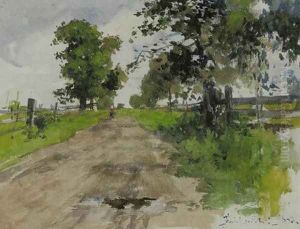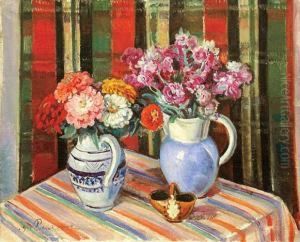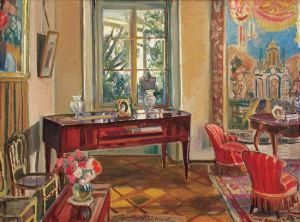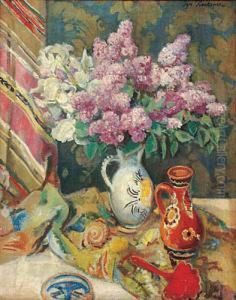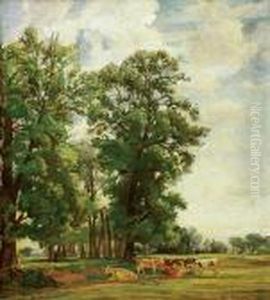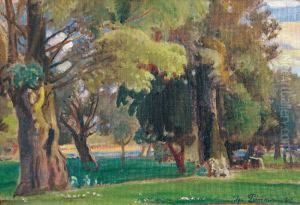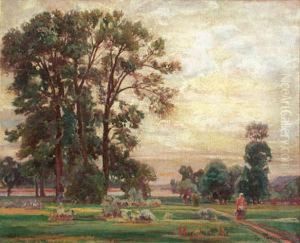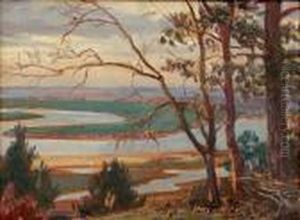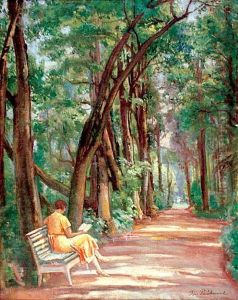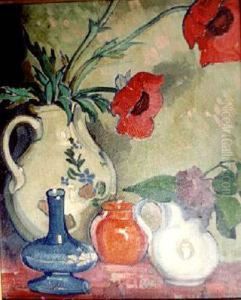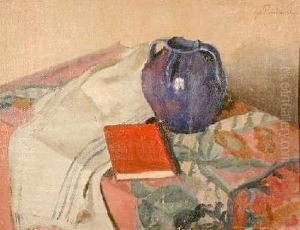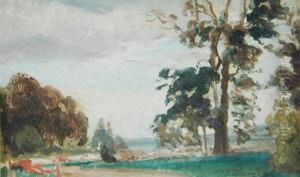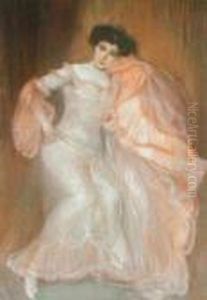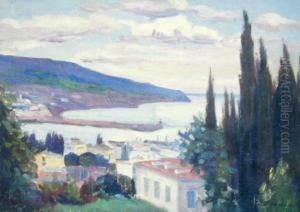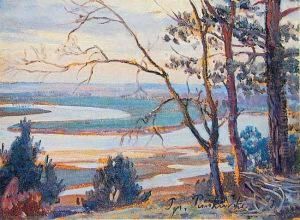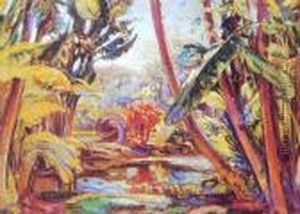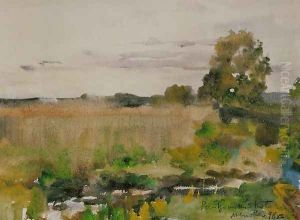Ignacy Pienkowski Paintings
Ignacy Pienkowski was a Polish painter, known for his contributions to the art world during the early 20th century. Born in 1888 in Poland, Pienkowski showed an early interest in art and pursued his passion through formal education, studying at various prestigious institutions.
His work was influenced by the broader movements of his time, including Symbolism and Expressionism, yet he maintained a unique approach that was characterized by a strong use of color and often mystical or dream-like themes. Pienkowski's art was a reflection of his inner world and the tumultuous times he lived through, including the First World War and the interwar period.
Throughout his career, Pienkowski exhibited his work widely, gaining recognition in Poland and abroad. His paintings often depicted scenes of Polish rural life, folklore, and historical events, imbued with a sense of national identity and pride. Pienkowski's contribution to Polish art was not only through his paintings but also through his role as an educator, influencing a generation of Polish artists.
Tragically, Ignacy Pienkowski's life was cut short due to the events of World War II. He died in 1945, leaving behind a legacy that was deeply interwoven with the cultural and historical fabric of Poland. His works continue to be celebrated and studied, as they provide insight into the Polish art scene of the early 20th century and the nation's cultural heritage.
